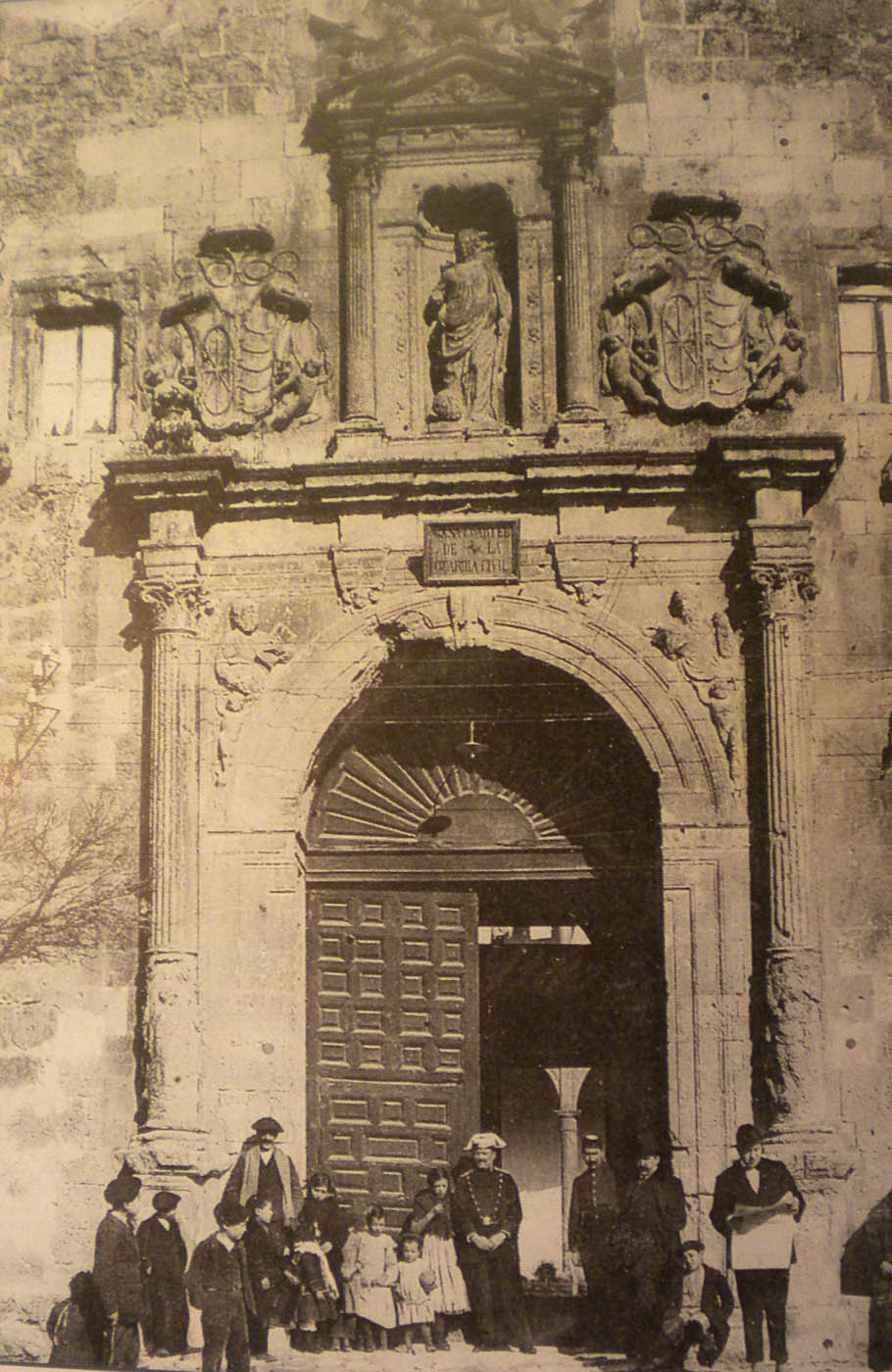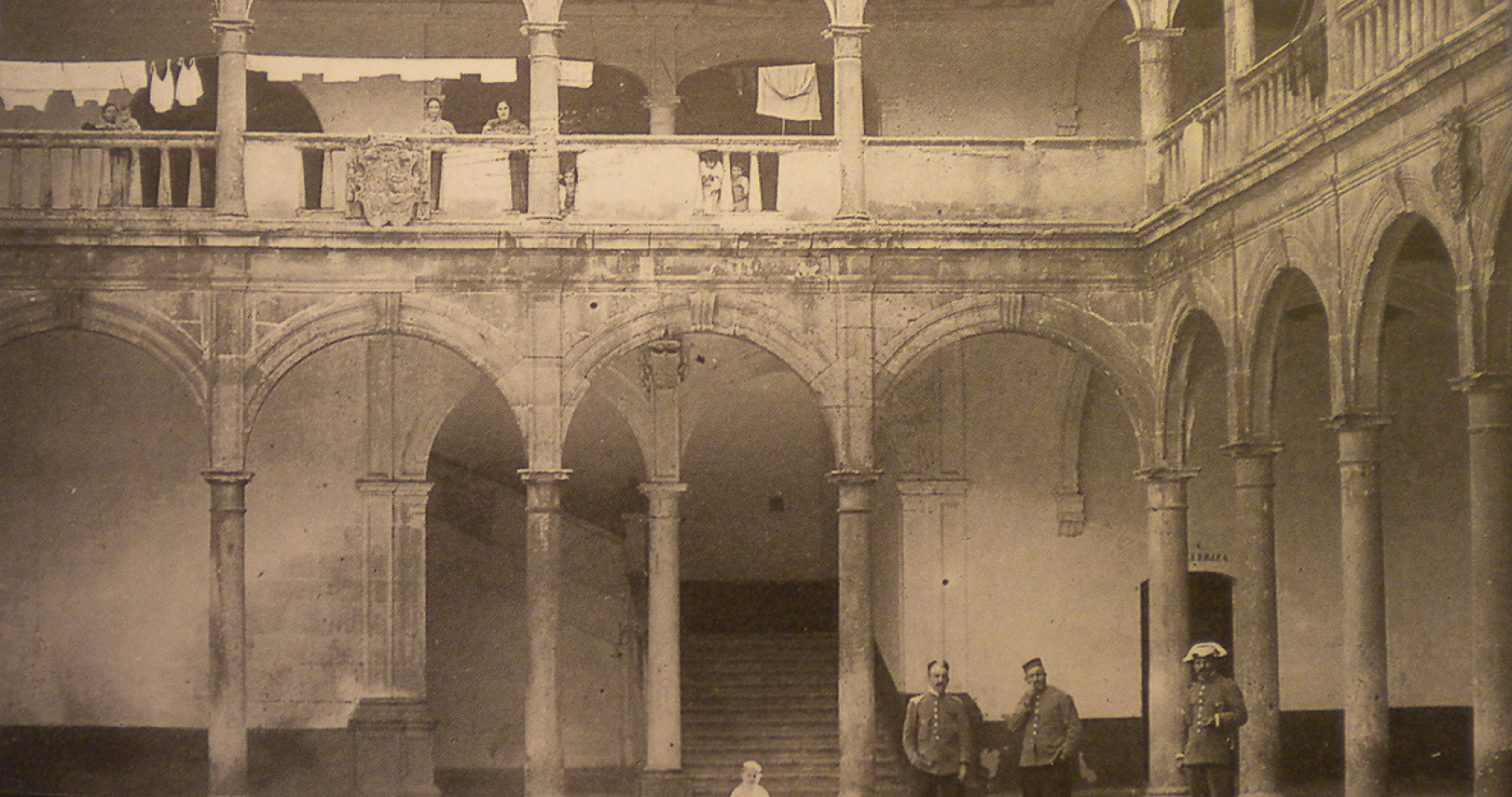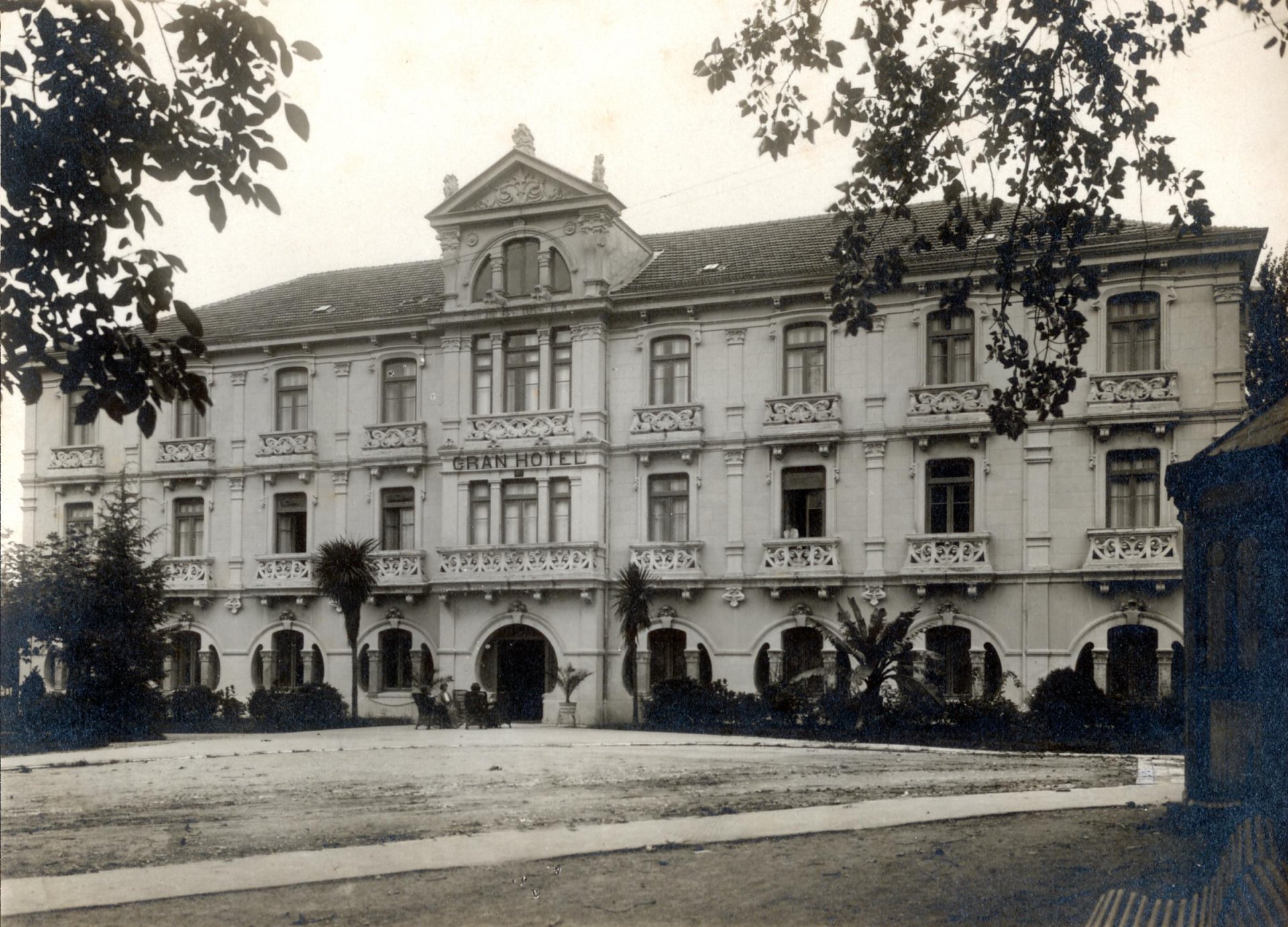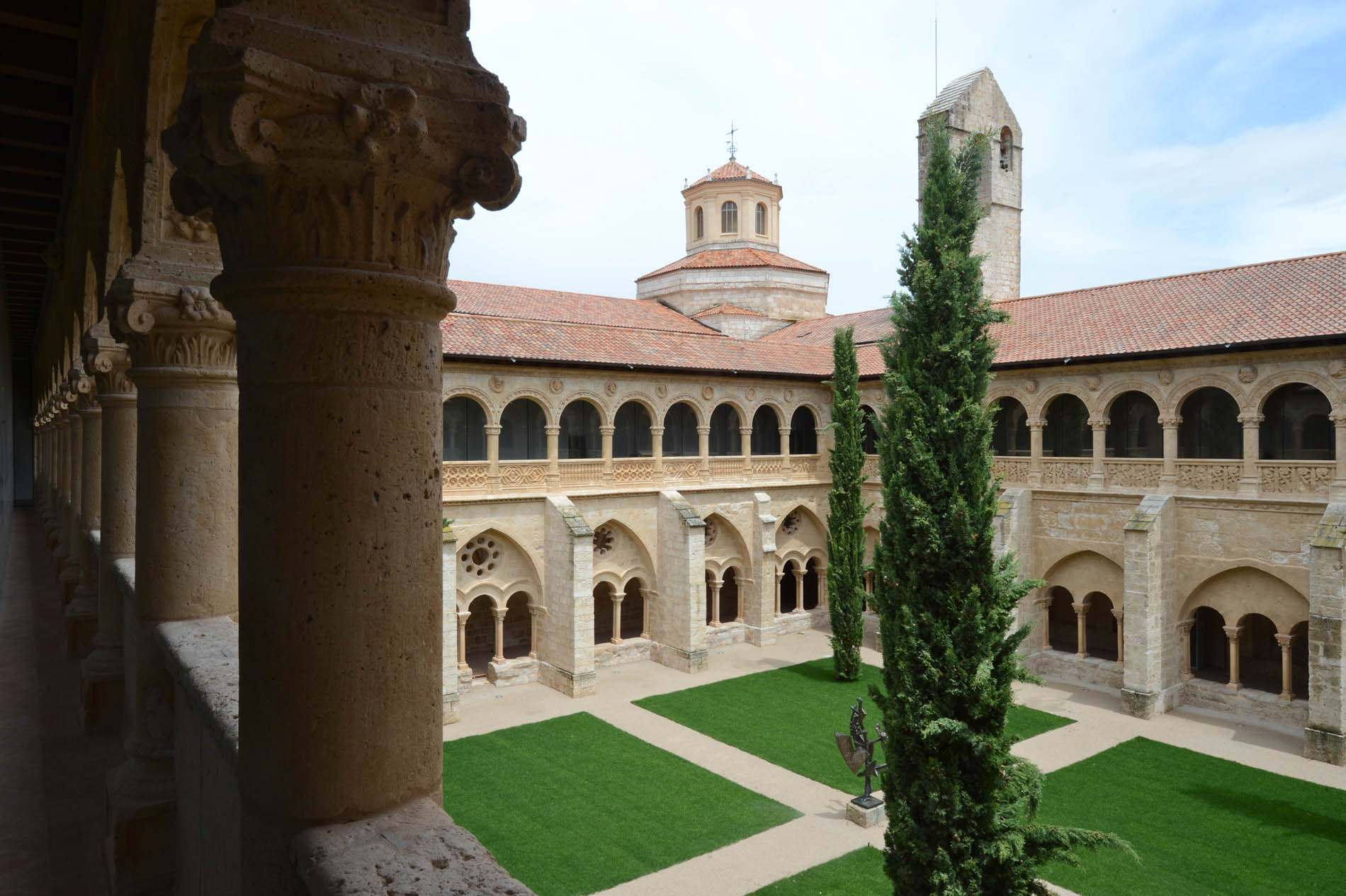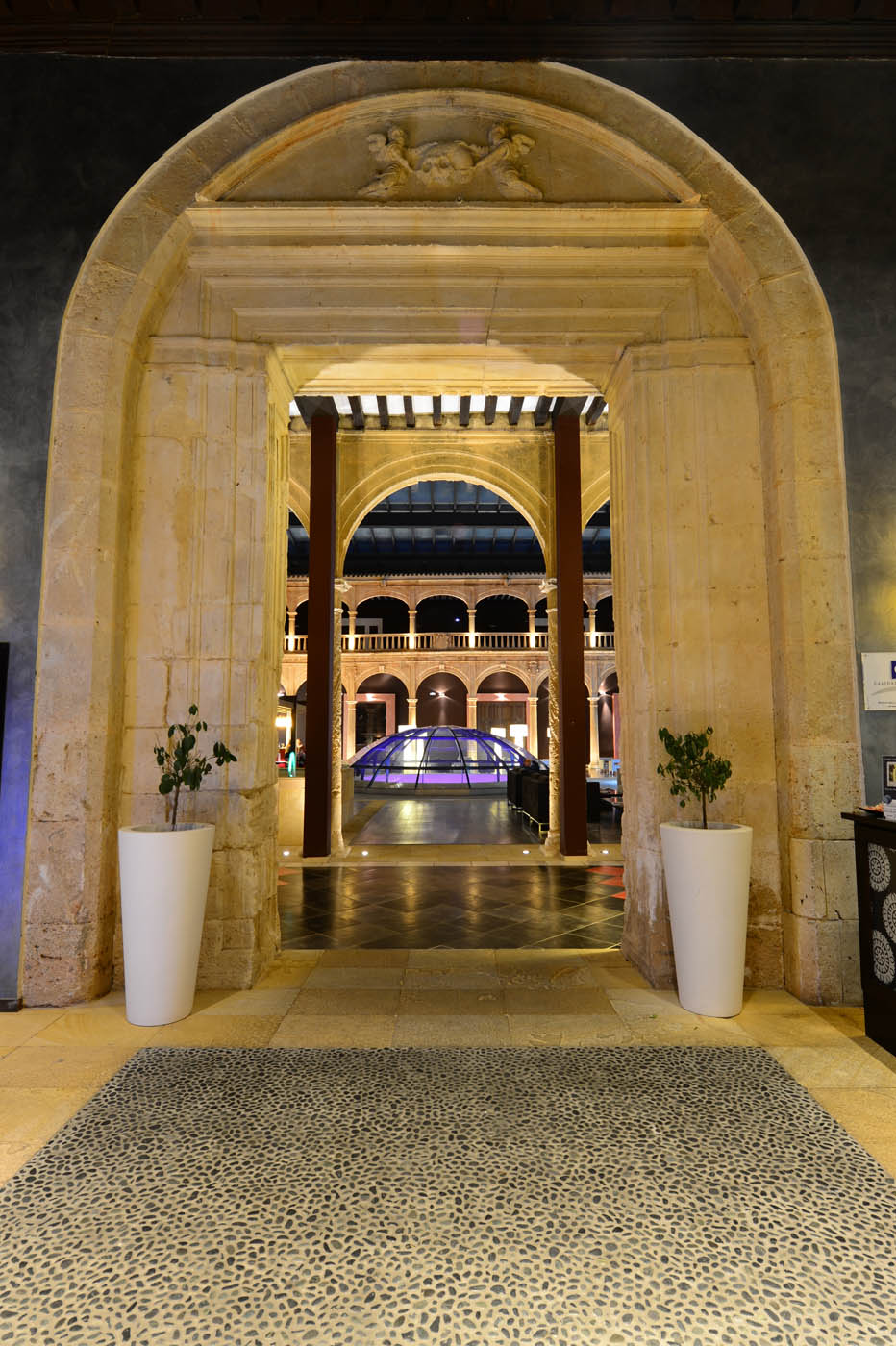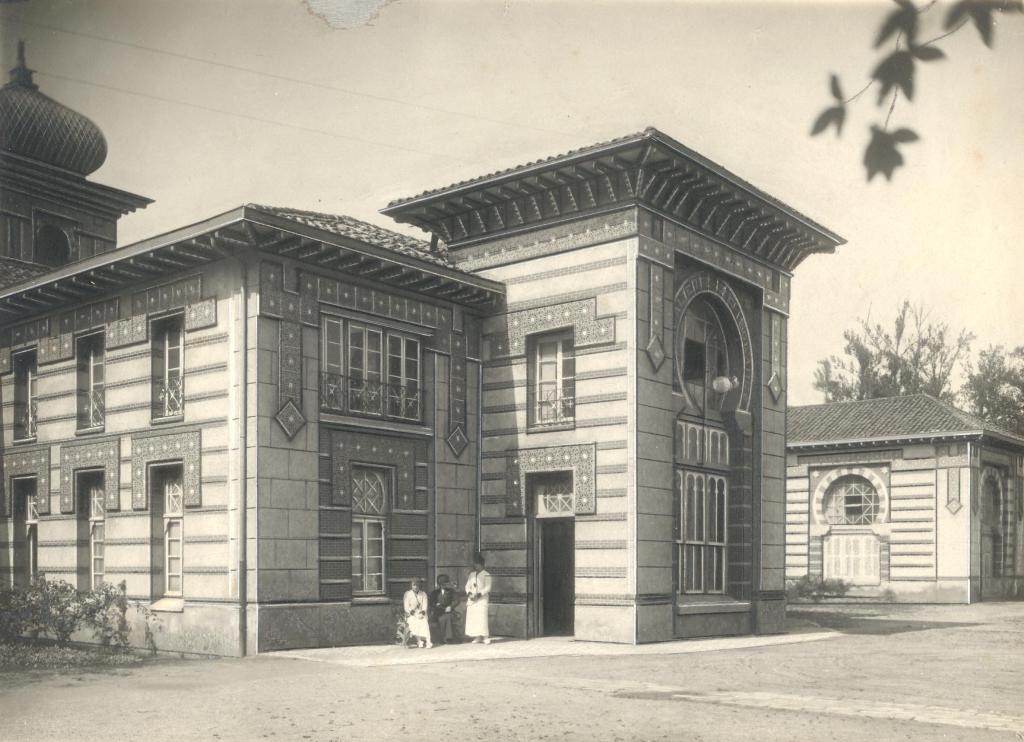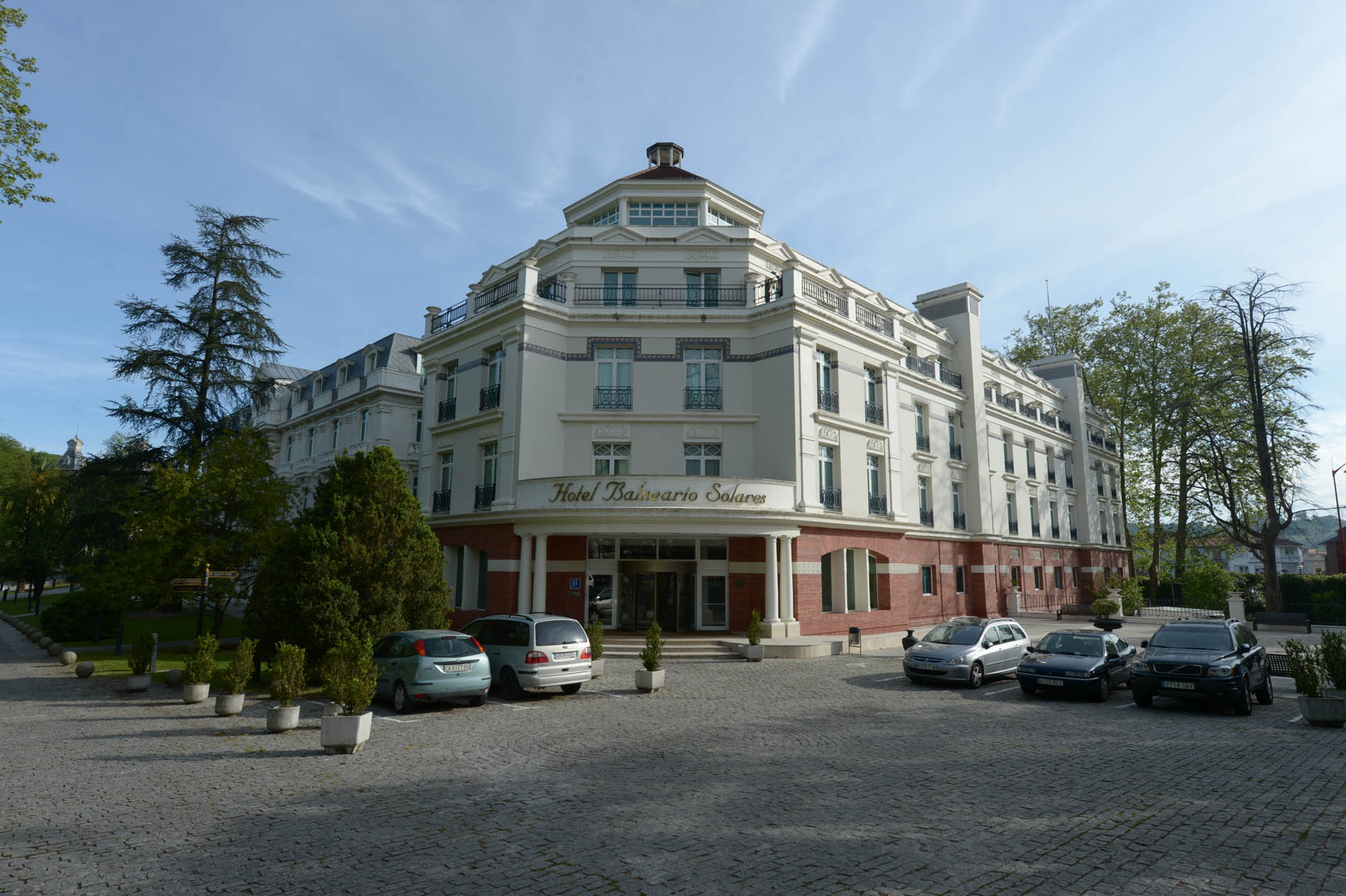History
Buildings with history
The emblematic history of each of the buildings of Castilla Termal Hoteles takes us on a journey into the past. Discover Castilla Termal Monasterio de Valbuena, located in the best preserved 12th century Cistercian monastery in Europe, Castilla Termal Olmedo in the walls of the old 12th century convent of Sancti Spiritus, Castilla Termal Burgo de Osma in the old Renaissance university of Santa Catalina, Castilla Termal Solares whose thermal legacy comes from the Belle Époque and Castilla Termal Brihuega, located in the former 18th-century Royal Cloth Factory.


